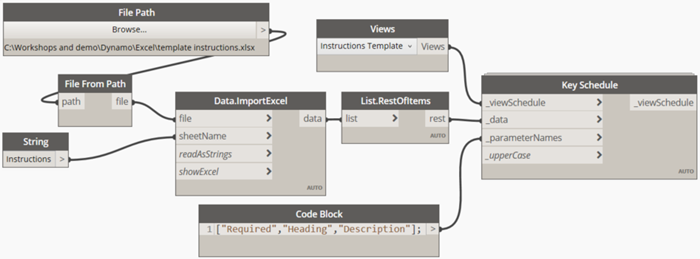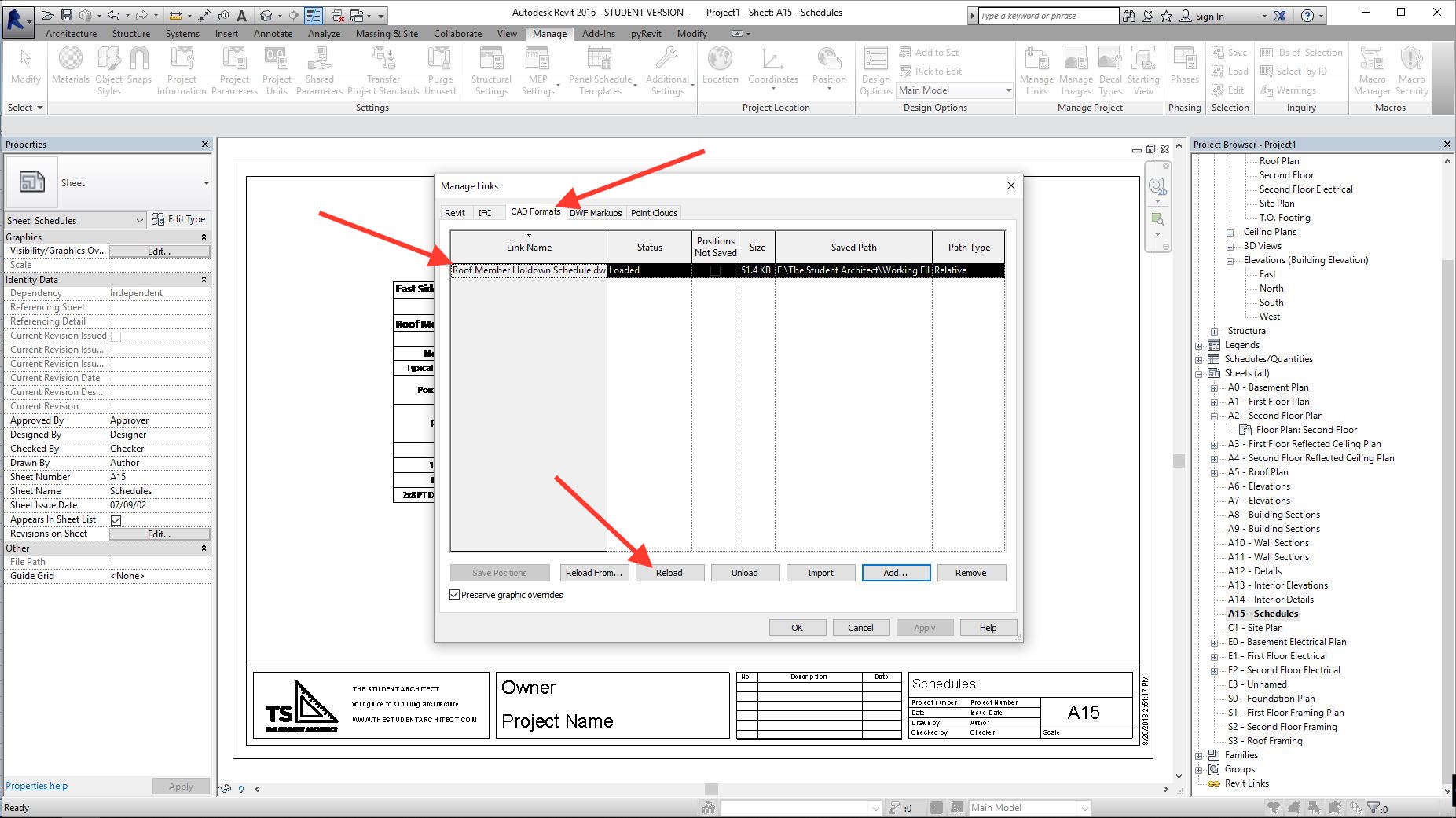Revit Add Ins: Supercharge Your Style and Modeling
Wiki Article
Mastering the Art of Data Combination: Just How to Seamlessly Import Excel Info Into Revit
In this write-up, we will direct you via the procedure of grasping the art of data combination. Get ready to prepare your Excel data effortlessly and follow our step-by-step guide to import files into Revit. With our best practices, you'll accomplish data integration success in no time.Understanding the Significance of Information Assimilation in Revit
Recognizing the significance of data integration in Revit is important for seamless importing of Excel files. When you integrate information from Excel right into Revit, it enables you to effectively update and handle information throughout the whole job. This combination ensures that your layout and building and construction process is accurate and current.By incorporating data, you can easily import and upgrade specifications, routines, and also geometry in Revit. This eliminates the requirement for manual data access, conserving you time and minimizing the danger of errors. With Revit's information combination capacities, you can keep consistency and precision in your project, while additionally enhancing cooperation among staff member.

Discovering the Excel Data Style for Revit Integration

In order to successfully incorporate Excel data right into Revit, it is critical to make sure that the data is formatted appropriately. This includes properly identifying columns and rows, along with structuring the data in a manner that works with Revit's information schema. Revit makes use of particular criteria and classifications to arrange data, so it is necessary to line up the Excel information with these specifications to ensure a seamless assimilation.
Furthermore, it is essential to keep in mind that Revit only sustains certain information kinds when importing from Excel. These include message, numbers, and dates. Any type of various other data types, such as solutions or conditional format, will certainly not be identified by Revit and might create concerns throughout the combination procedure.
Preparing Your Excel Information for Seamless Import Into Revit
To ensure a smooth integration procedure, you'll require to correctly style and label the columns and rows in your Excel data prior to importing it right into Revit. Start by analyzing your Excel data and identifying which rows and columns contain relevant info for your Revit task.Next, ensure that the information in each column is effectively formatted. If you have a column for measurements, make sure that all measurements are regularly formatted in the same units of measurement. Revit relies upon constant format to precisely analyze and import information.
In addition, it is necessary to look for any empty cells or incongruities in your data. Revit may not be able to read or import information from cells that are vacant or have errors. It is suggested to assess your Excel information and clean up any type of inconsistencies before importing it right into Revit.
Step-By-Step Overview to Importing Excel Files Into Revit
As soon as you have actually properly formatted and classified your Excel information, you can quickly import it into Revit by following this step-by-step guide. To begin, open Revit and browse to the "Insert" tab. revit tool.Next, a dialog box will revit plugins show up, allowing you to tailor the import settings. Here, you can pick the worksheet you wish to import, define the array of cells to import, and choose the appropriate devices for your data. As soon as you have actually made your options, click "OK" to continue.
Revit will currently present a sneak peek of your Excel information. Take a minute to assess the preview and make certain that everything looks proper. If needed, you can make changes to the import settings by clicking the "Setups" button.
Ideal Practices for Information Integration Success in Revit
Make sure you comply with these ideal methods to make certain effective integration of data in Revit. It is essential to arrange your information in Excel prior to importing it right into Revit. This suggests guaranteeing constant naming conventions, appropriate formatting, and precise data representation. Next, take advantage of Revit's built-in tools for data mapping. This will permit you to match the columns in your Excel documents with the equivalent criteria in Revit. Bear in mind the devices and information kinds when mapping the information, as any type of inconsistencies can cause mistakes in the combination process.Another important practice is to frequently validate and upgrade your data. As your project proceeds, it is necessary to keep your Excel file as much as date with any kind of modifications made in Revit. This will aid preserve the precision and consistency of your data throughout both platforms. In addition, make use of information validation tools within Revit to determine any mistakes or disparities in the incorporated data.
Last but not least, it is recommended to develop a clear workflow for information combination. This includes defining duties and roles, setting up an interaction channel between employee, and establishing a routine tempo for data updates and evaluations. By adhering to these best methods, you can make certain a seamless and effective integration of information in Revit, inevitably improving the effectiveness and precision of your task.
Conclusion
In final thought, grasping the art of information combination is important for smooth import of Excel files right into Revit. Recognizing the relevance of information combination in Revit is the very first step towards effective assimilation.When importing information from Excel into Revit, it is essential to understand the documents layout and exactly how it can impact the integration process (revit tool). Revit makes use of certain specifications and categories to arrange information, so it is essential to align the Excel information with these specifications to guarantee a seamless assimilation
Be mindful of the units and information kinds when mapping the data, as any kind of disparities can lead to errors in the integration procedure.
Furthermore, make use of information validation devices within Revit to determine any type of mistakes or incongruities in the integrated data.

Report this wiki page